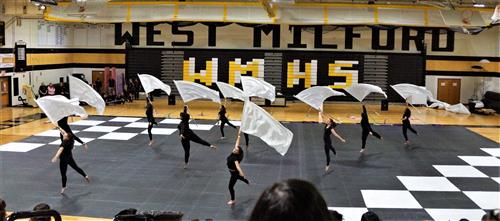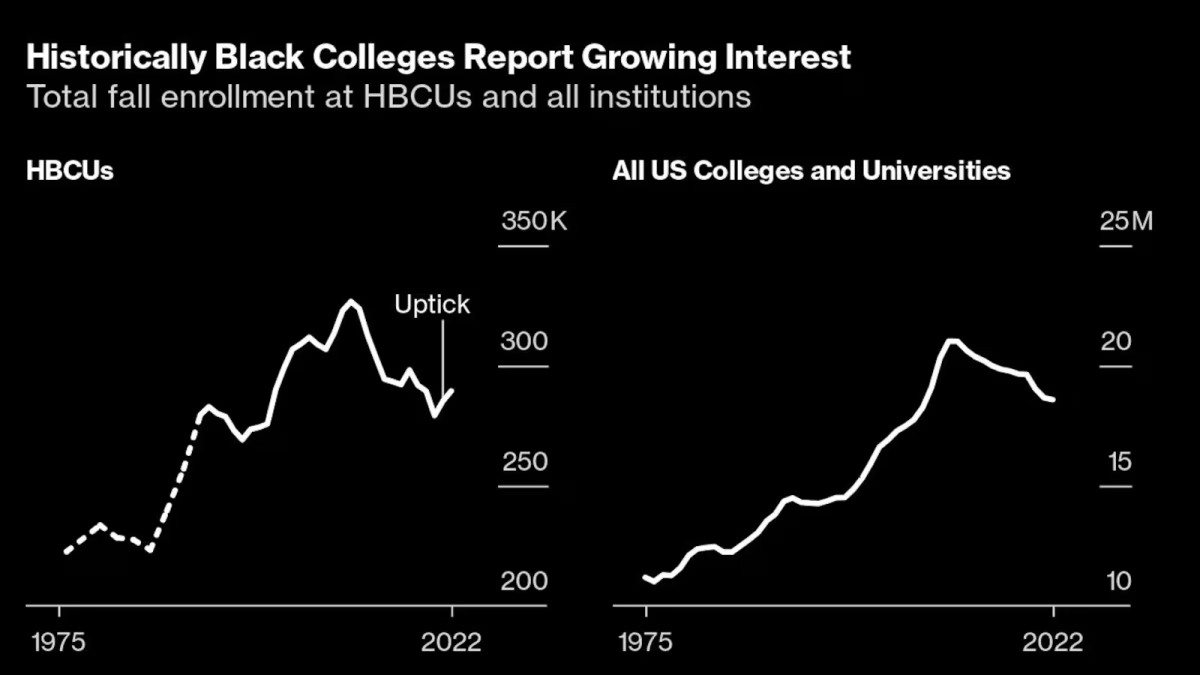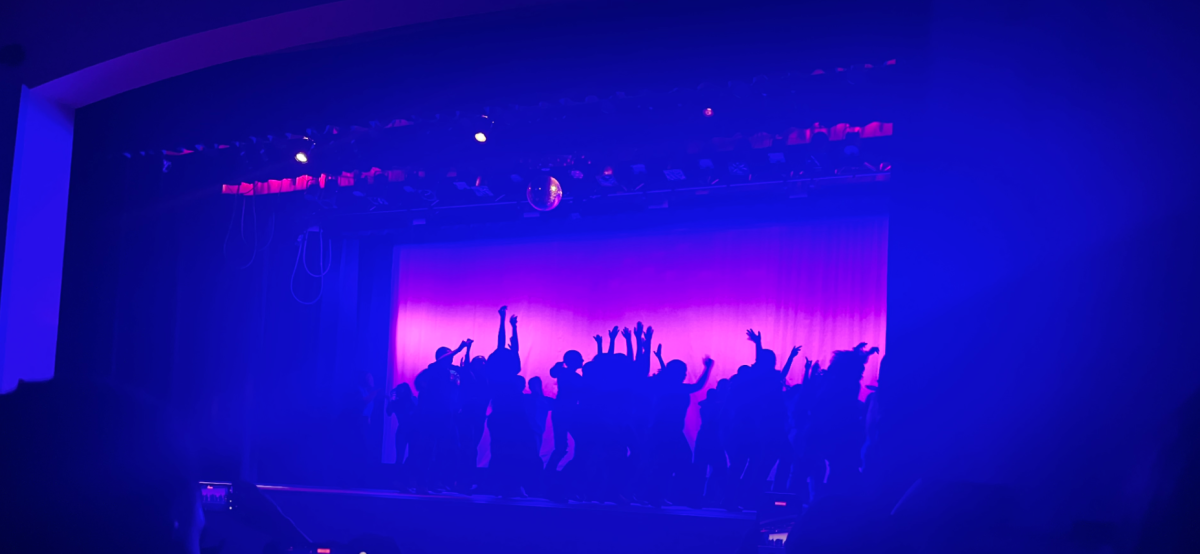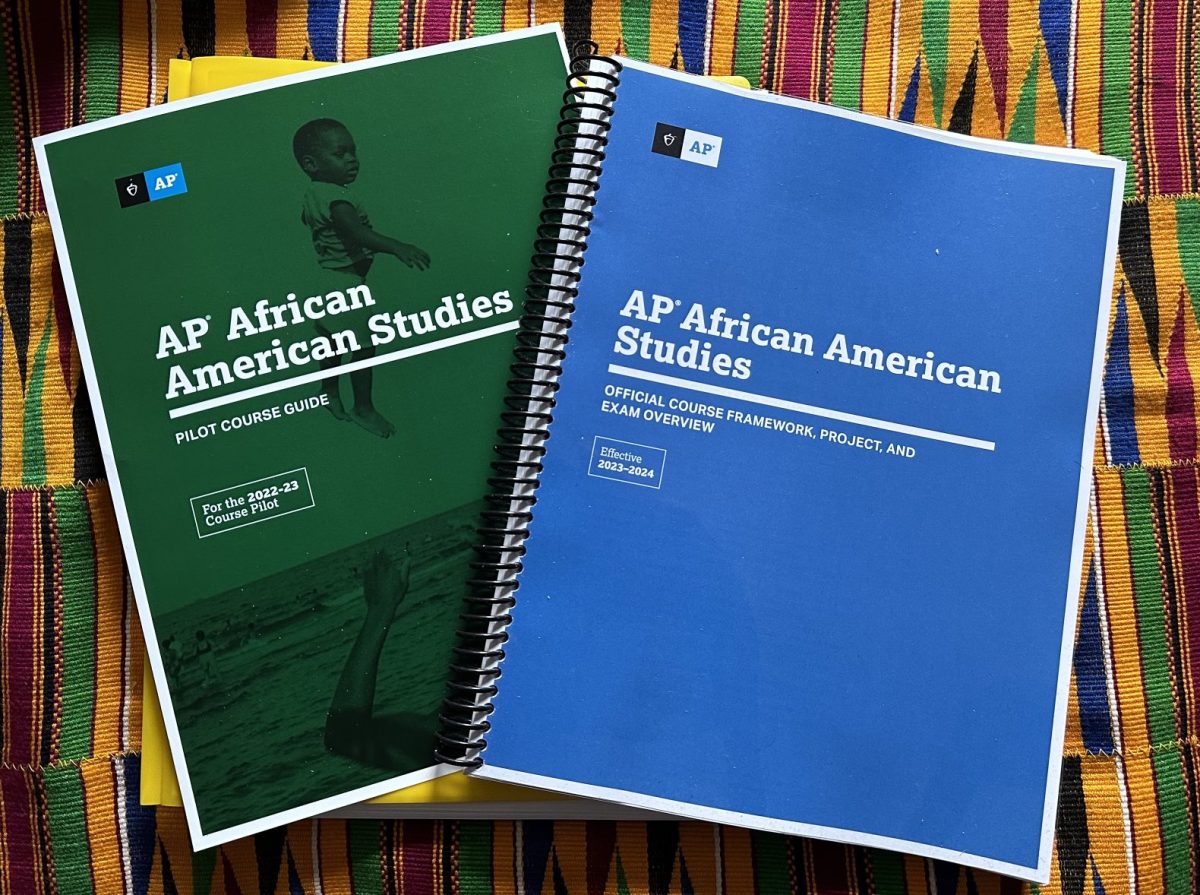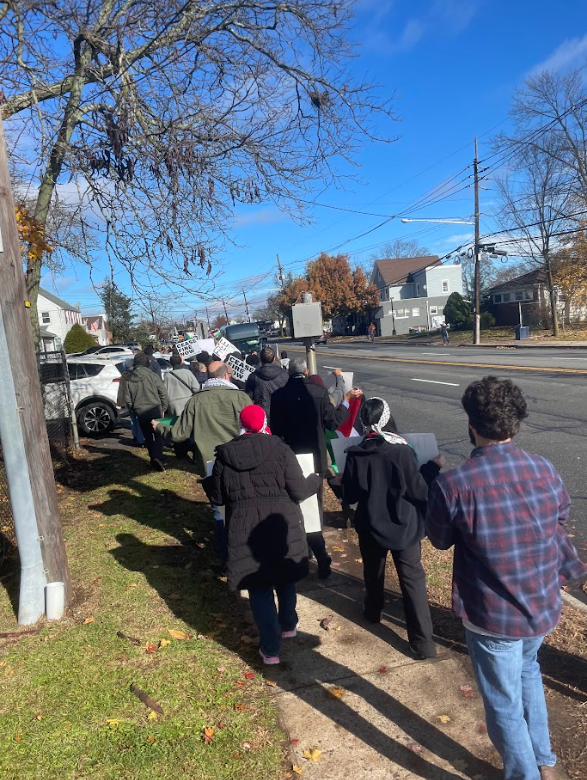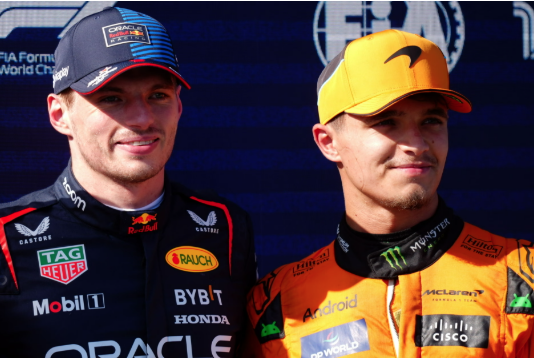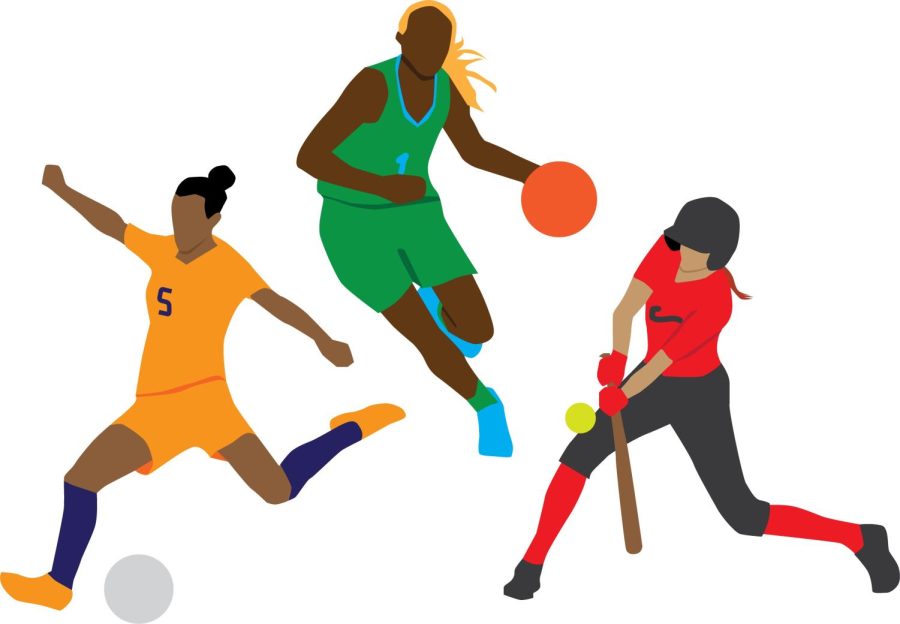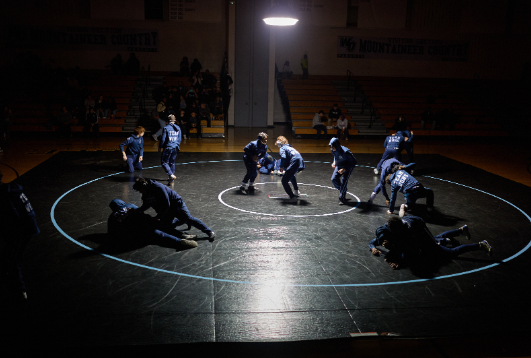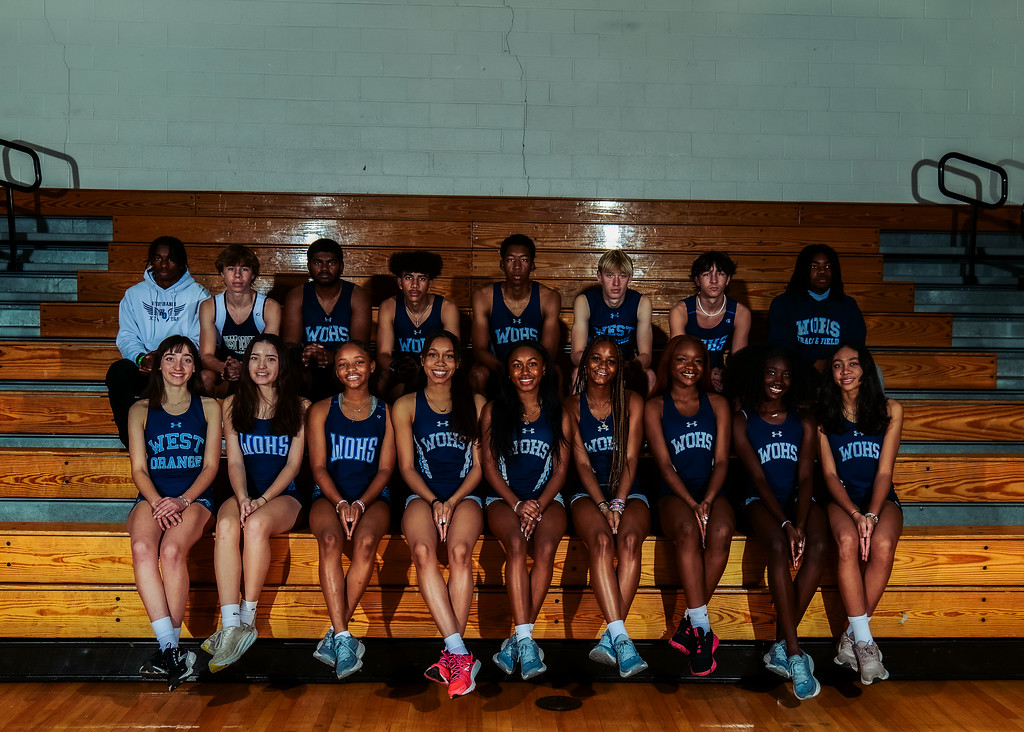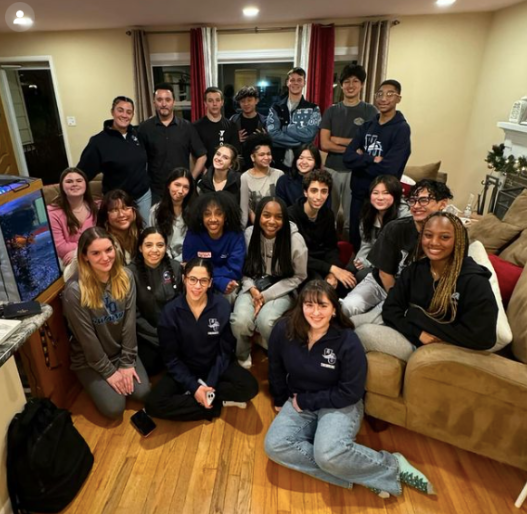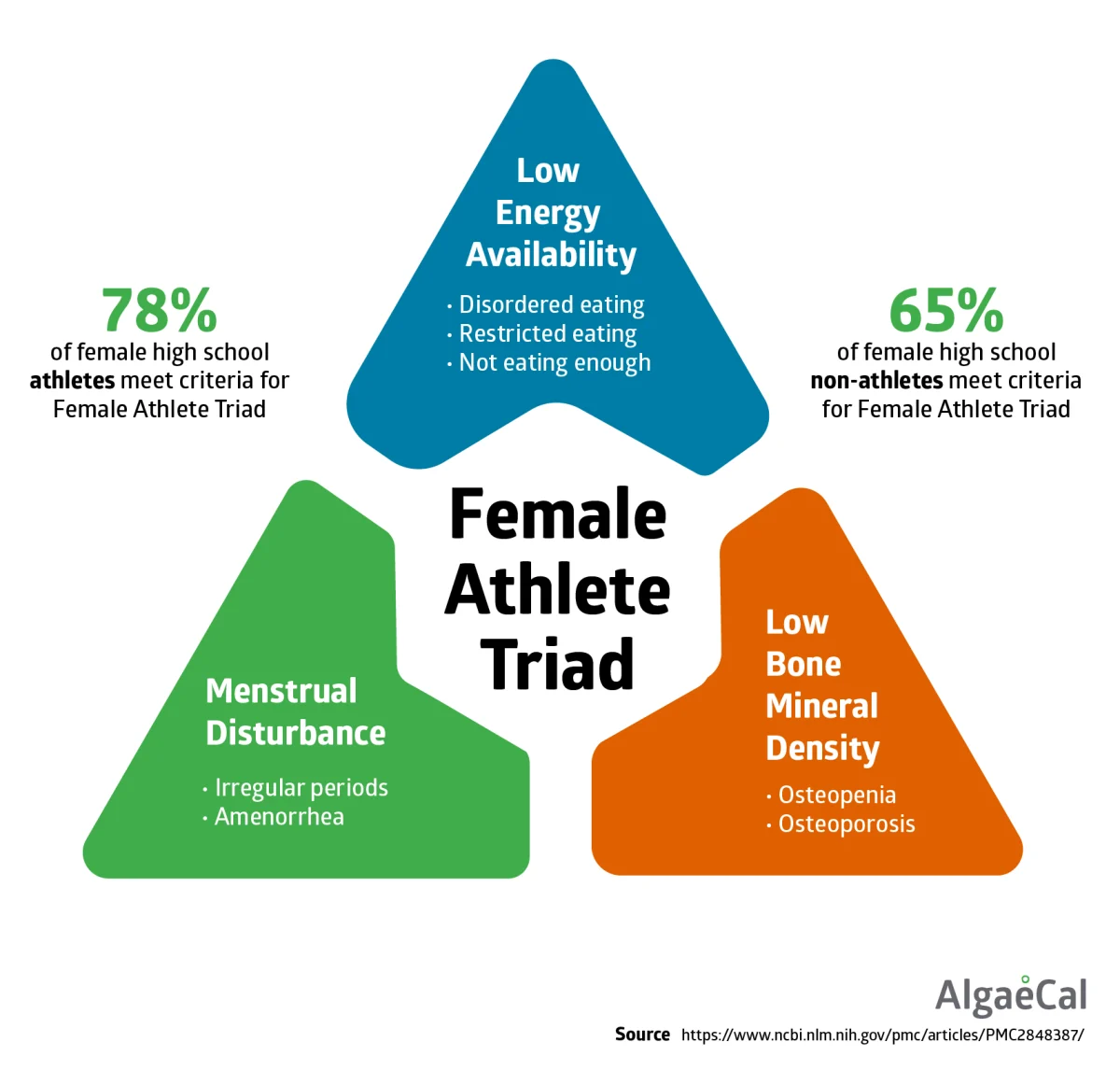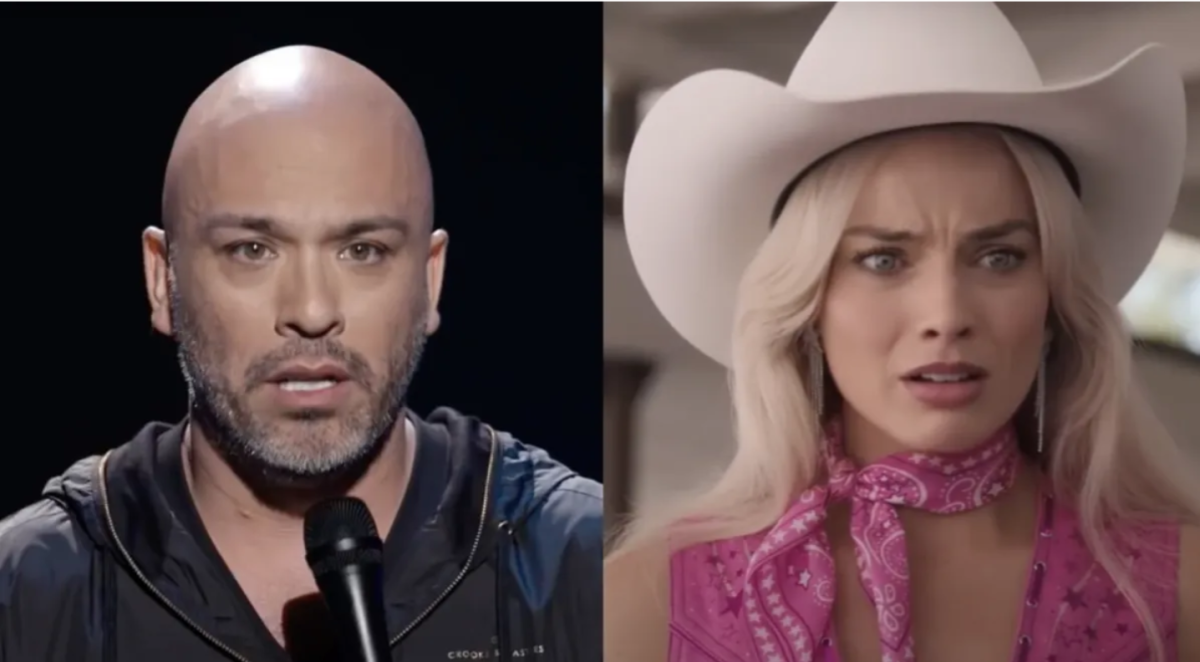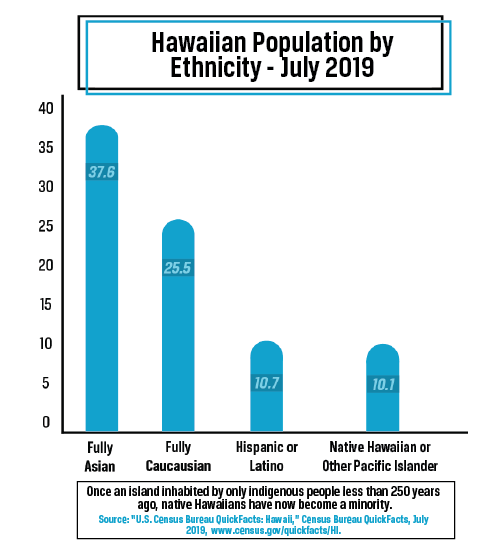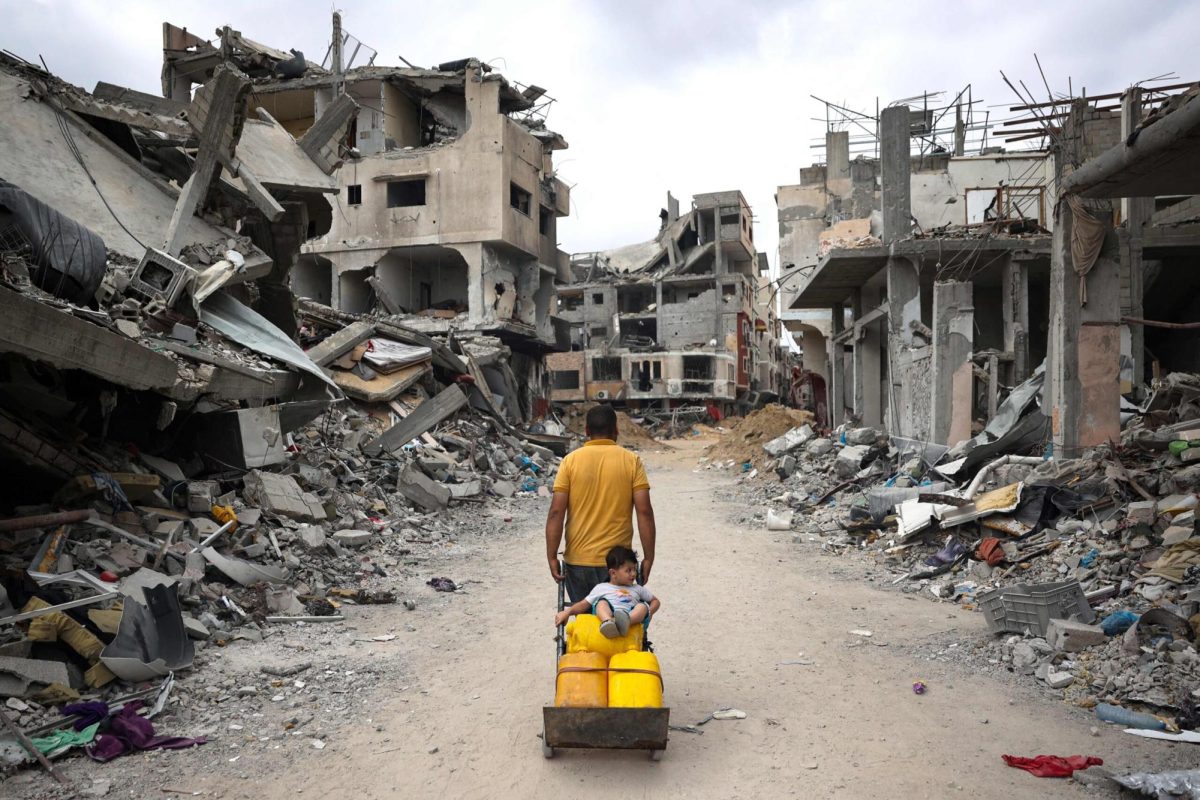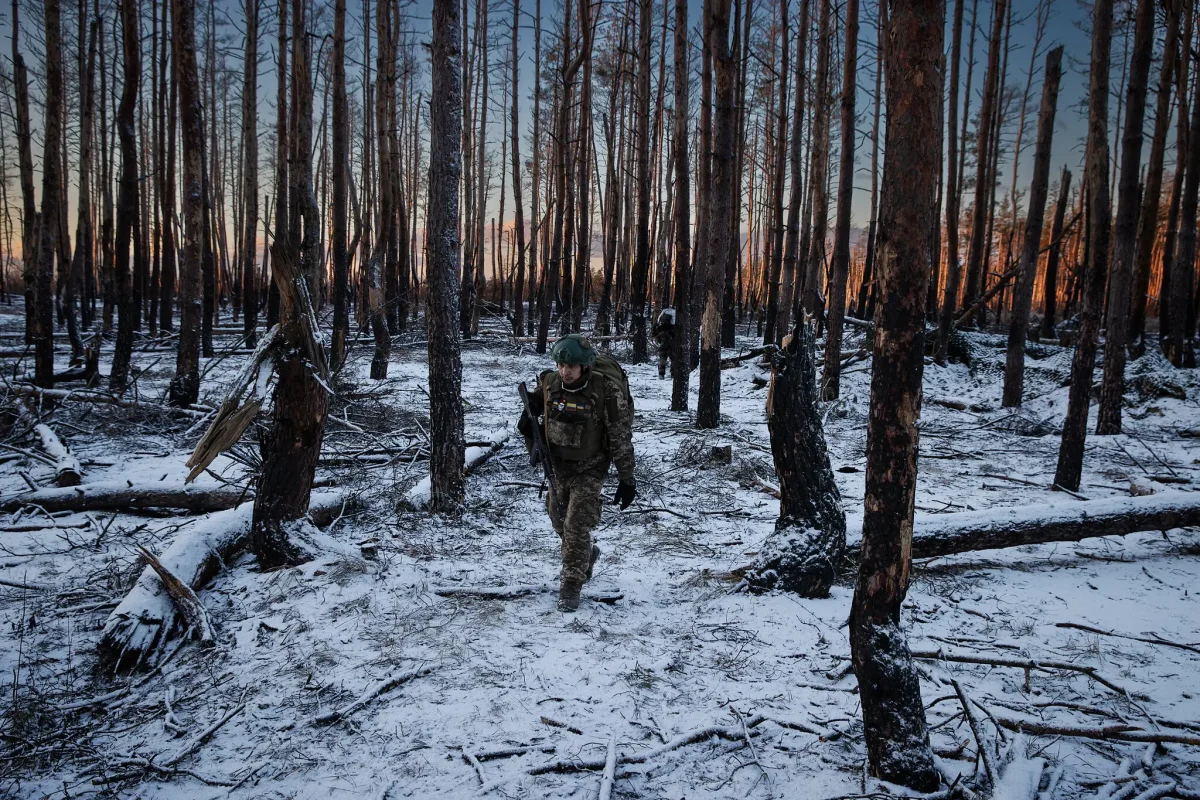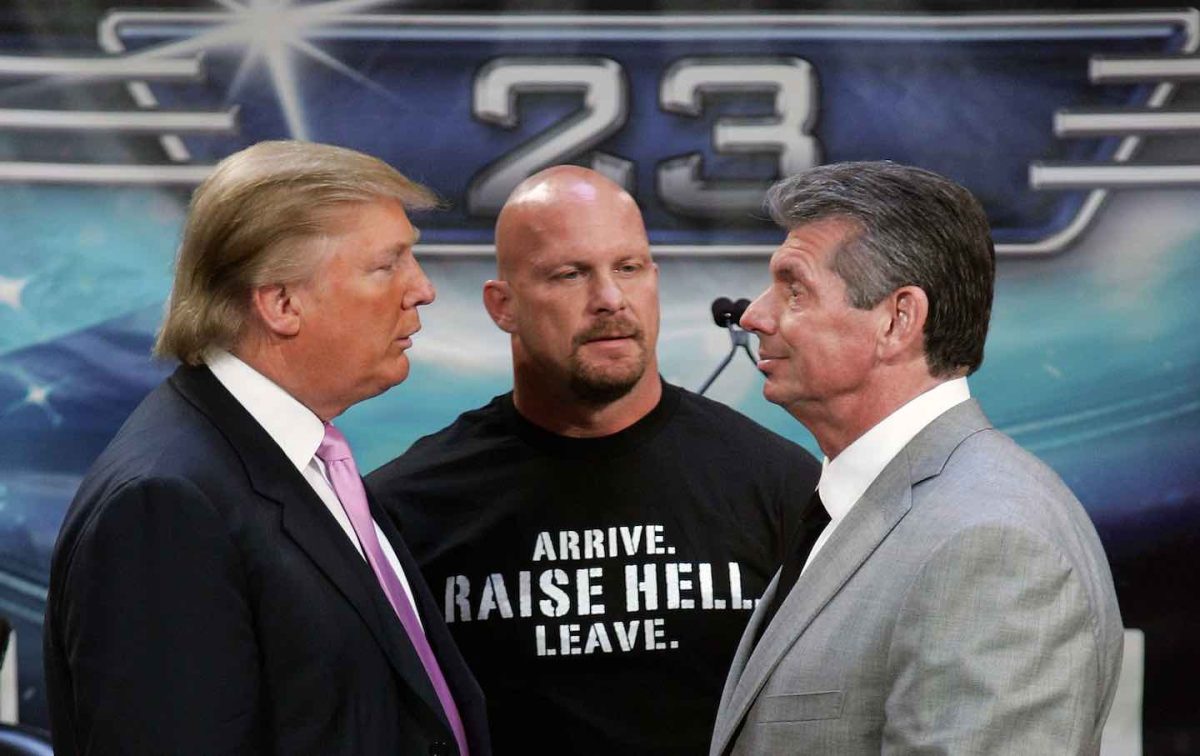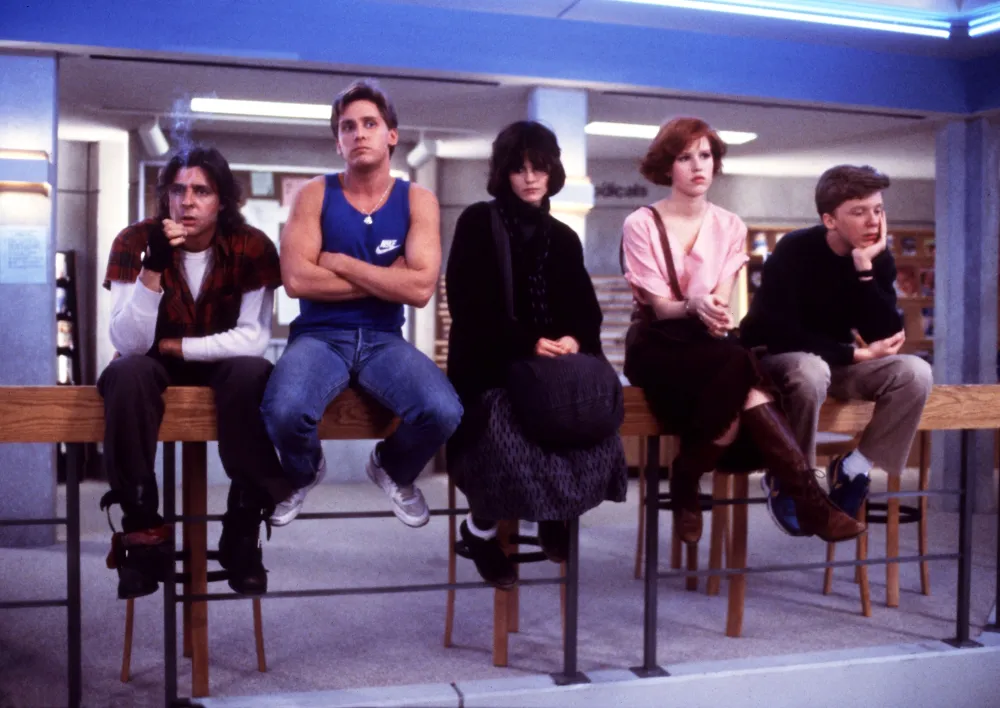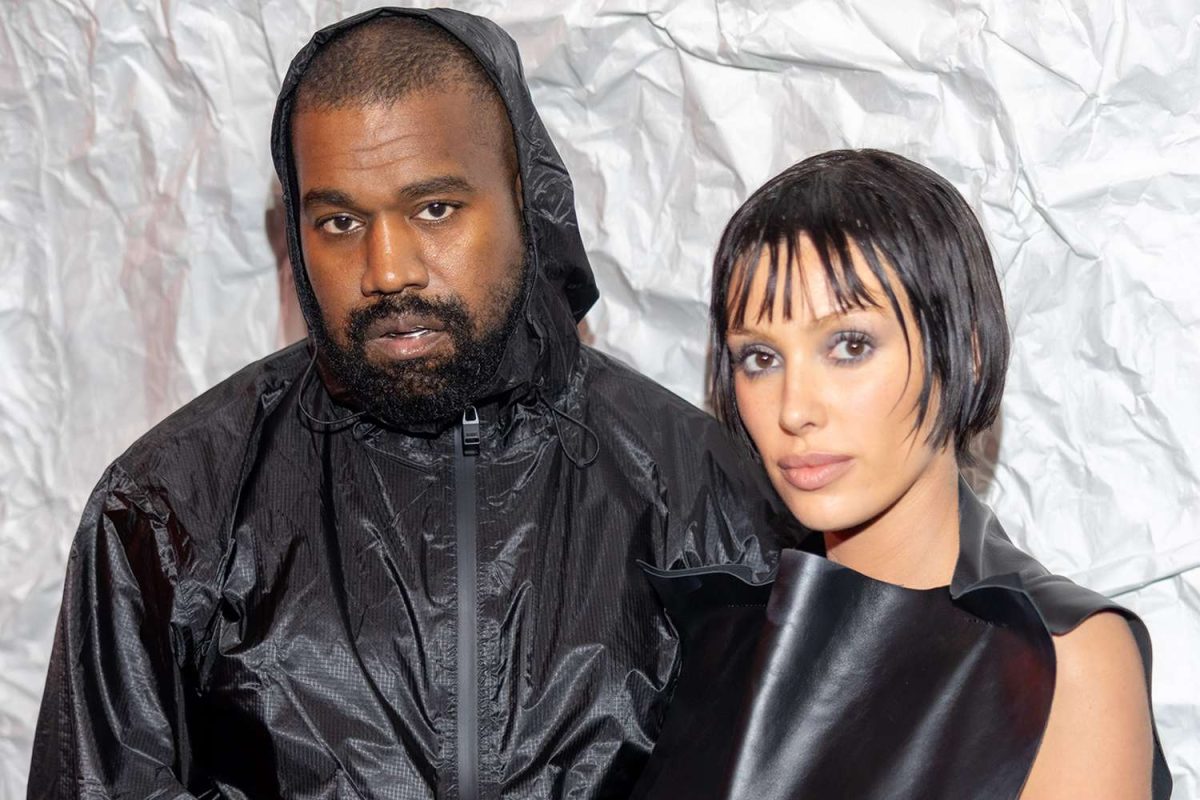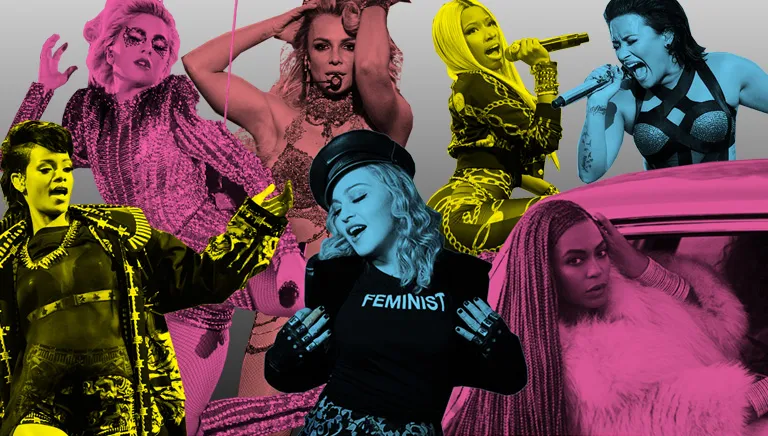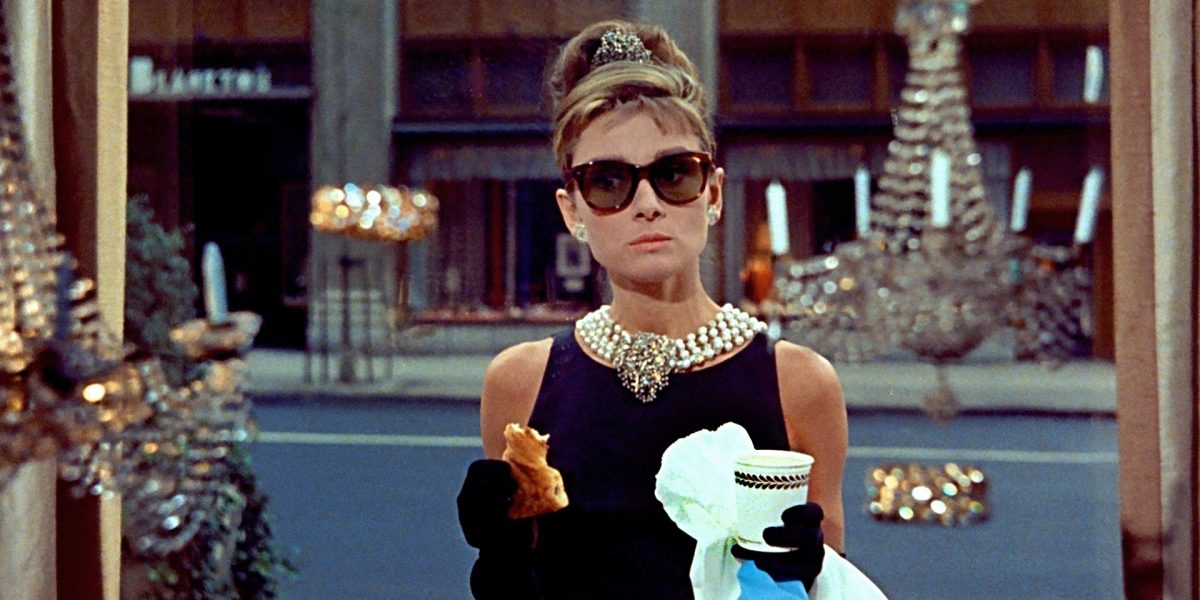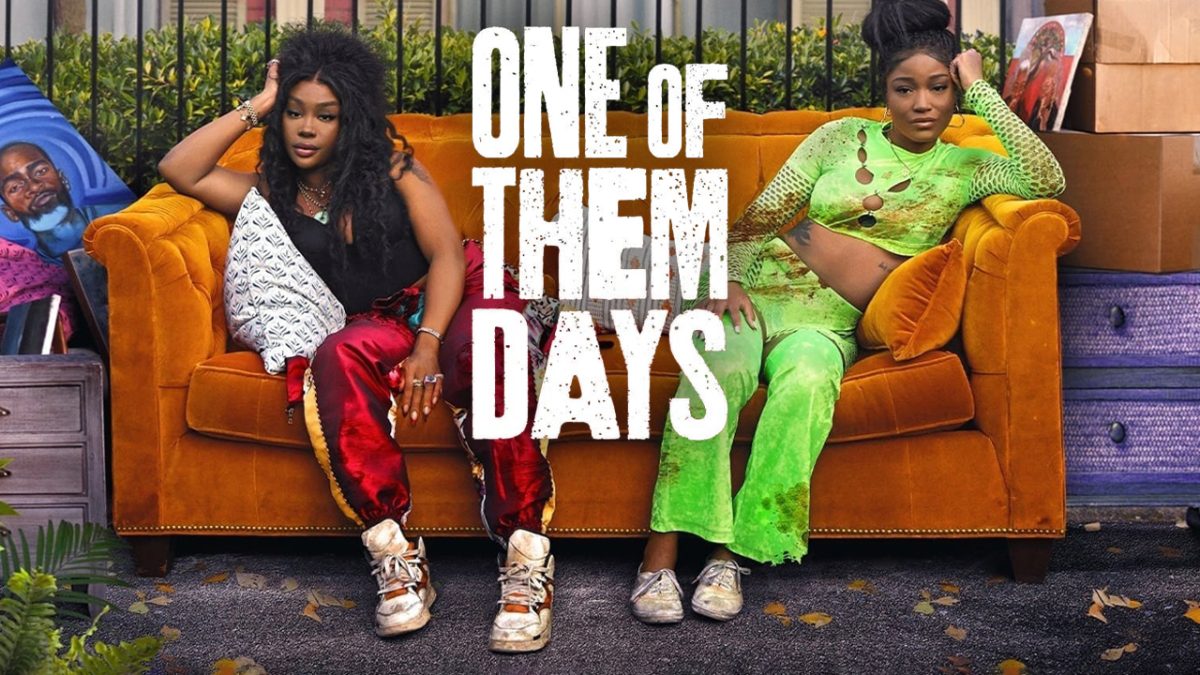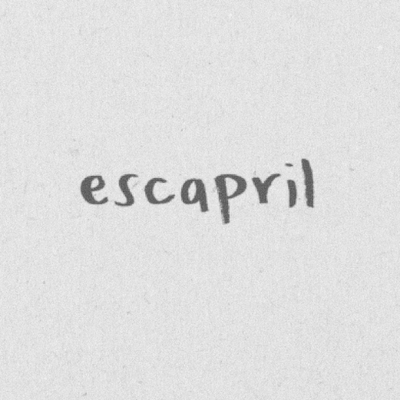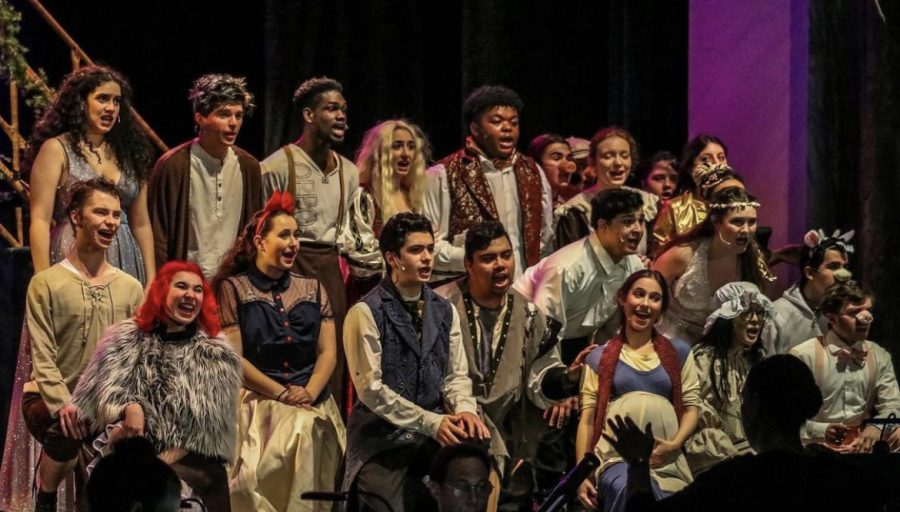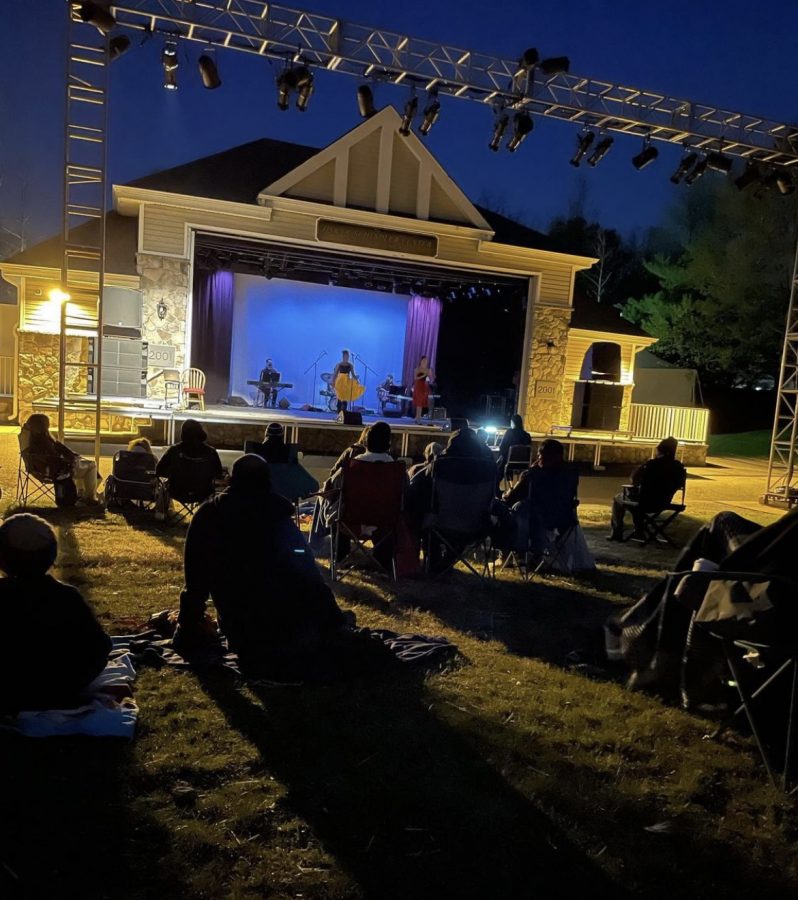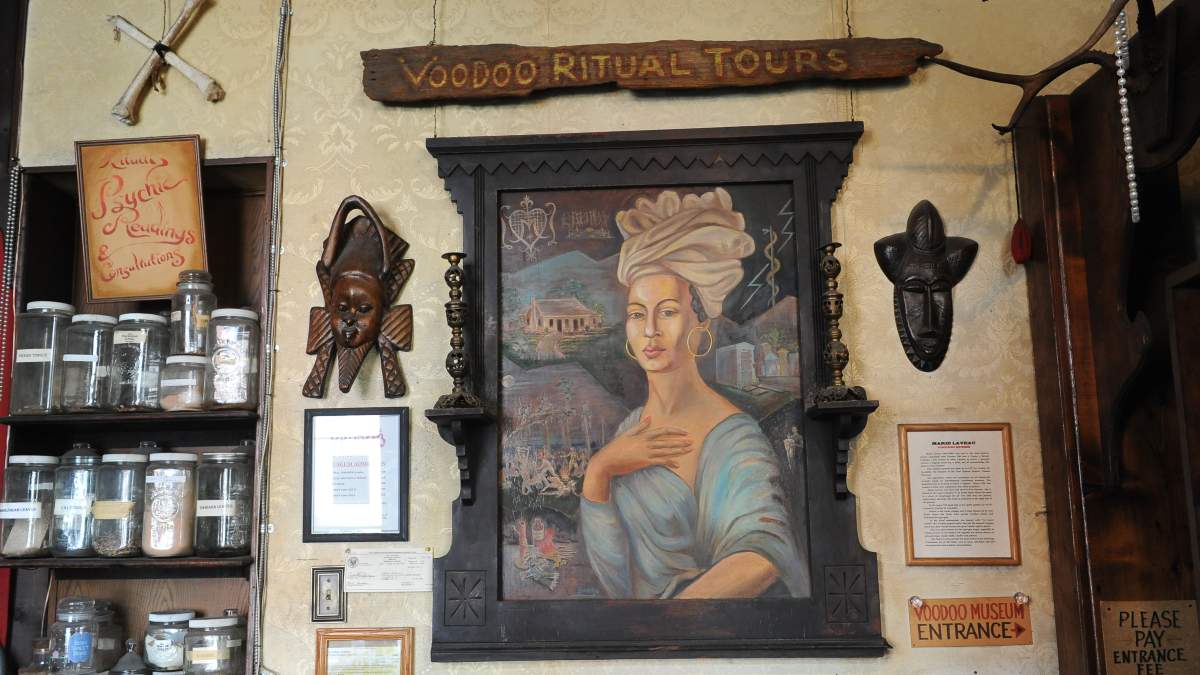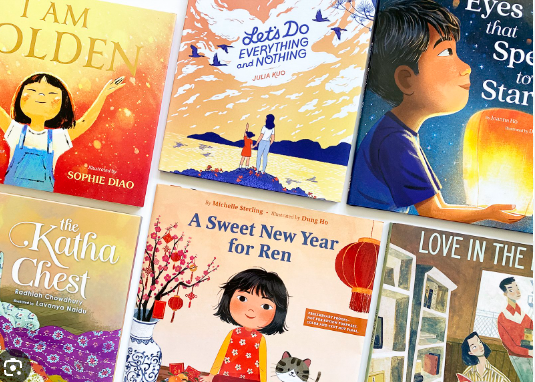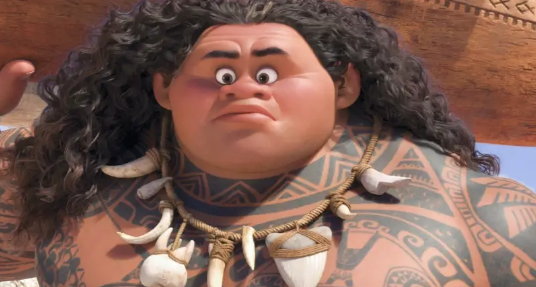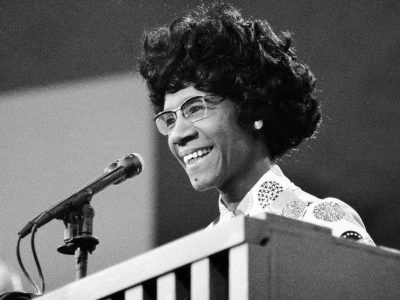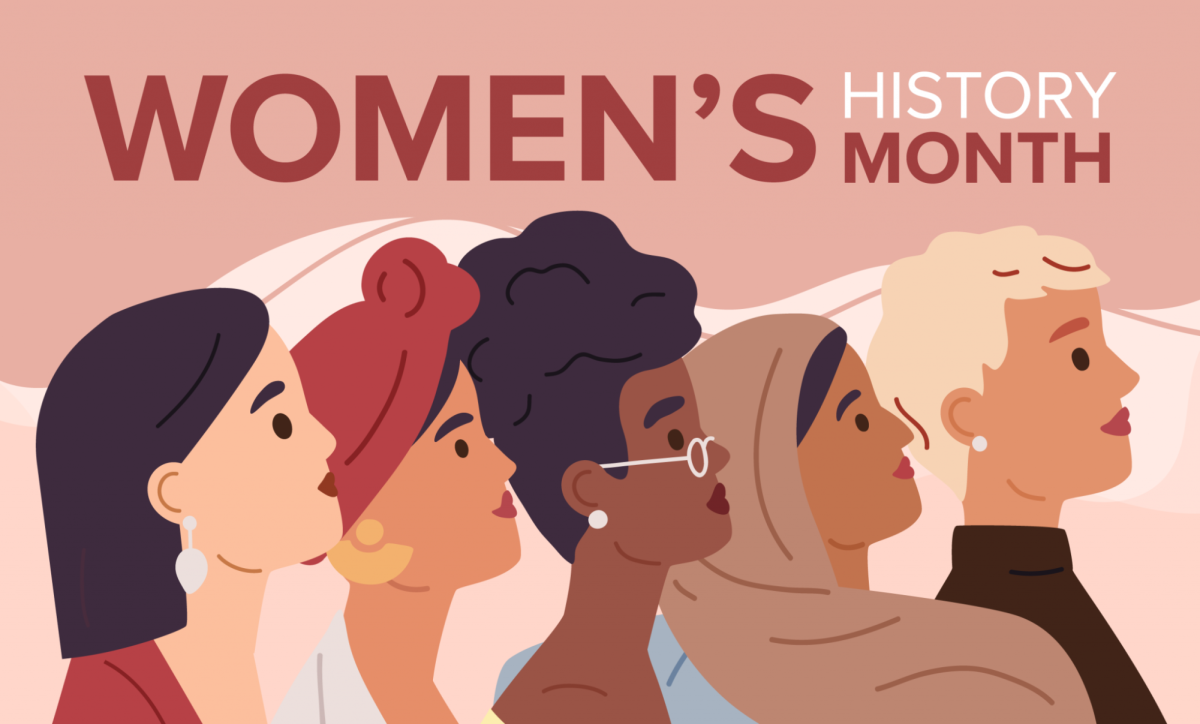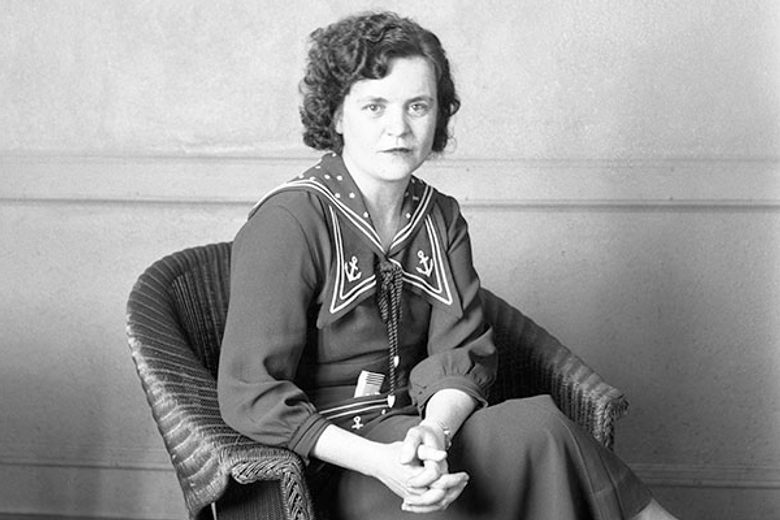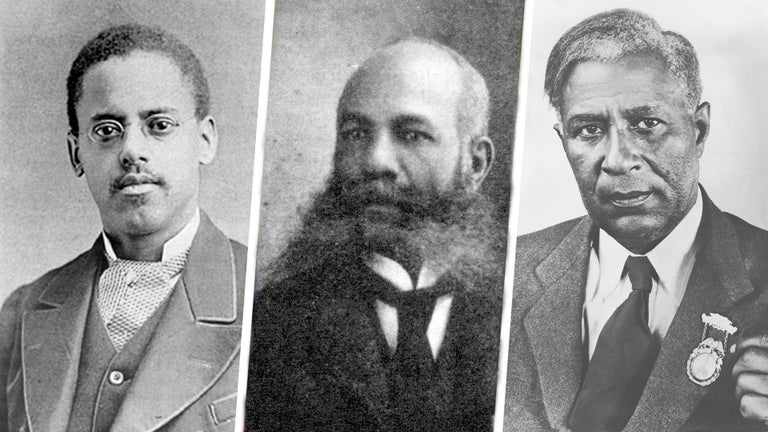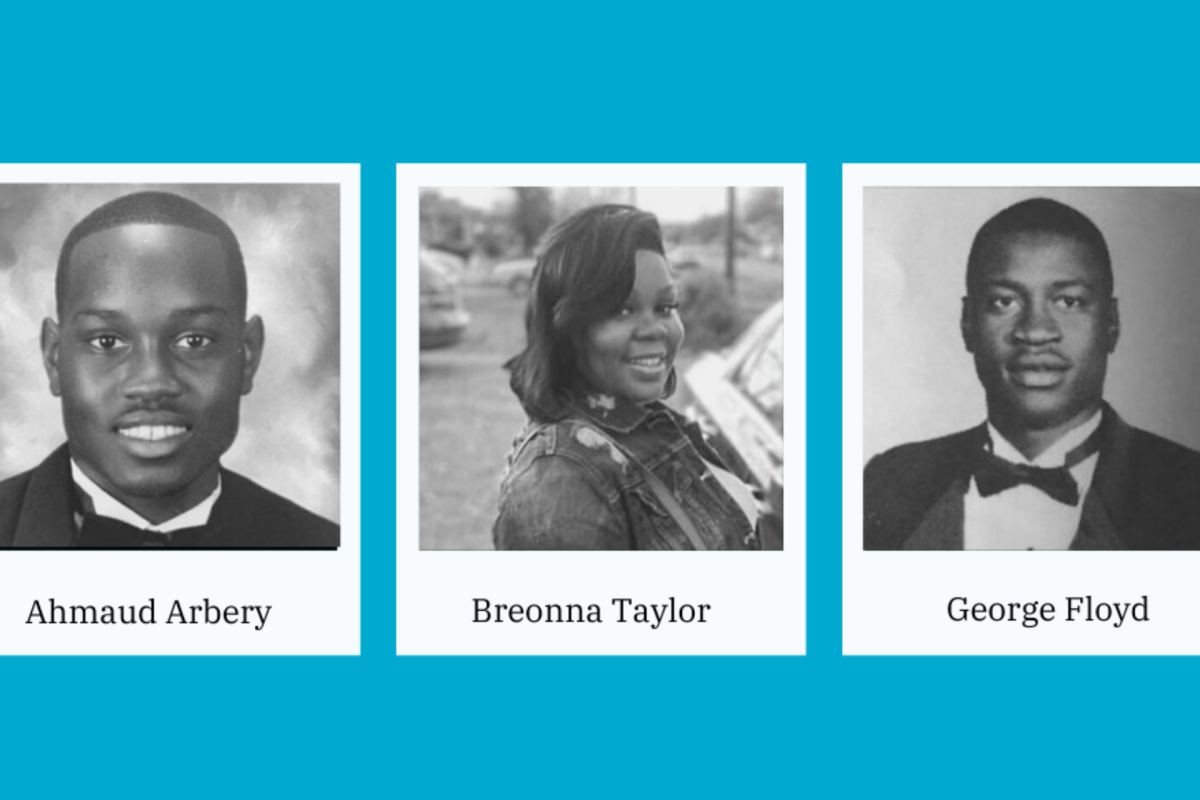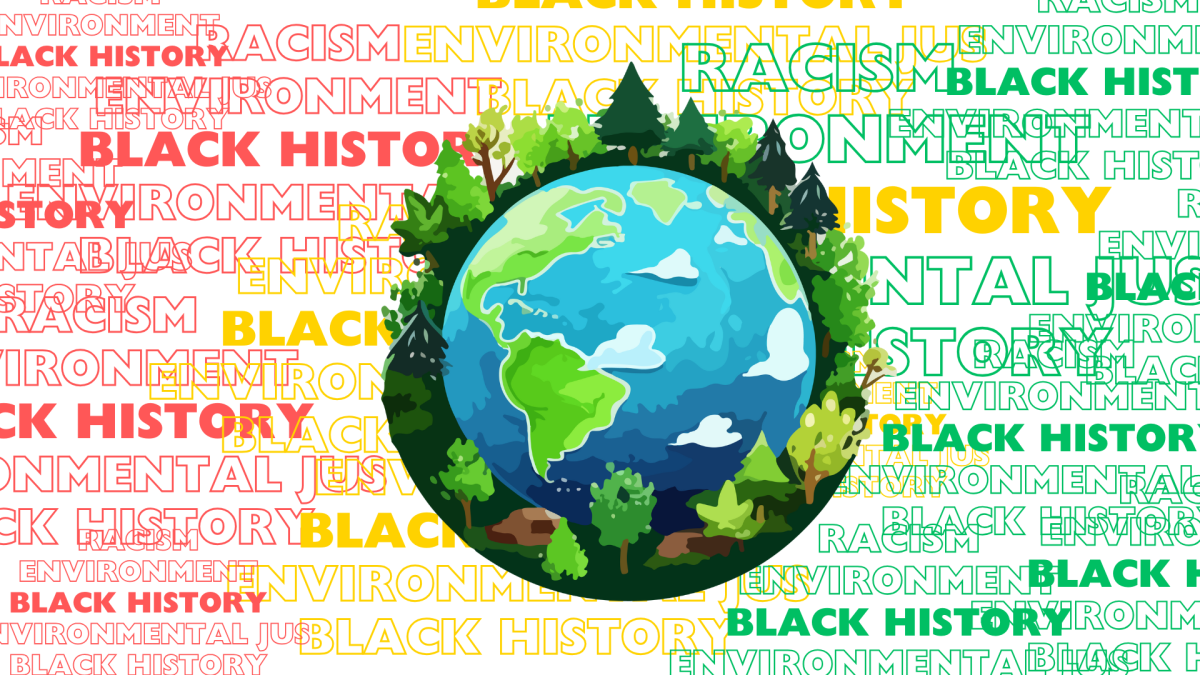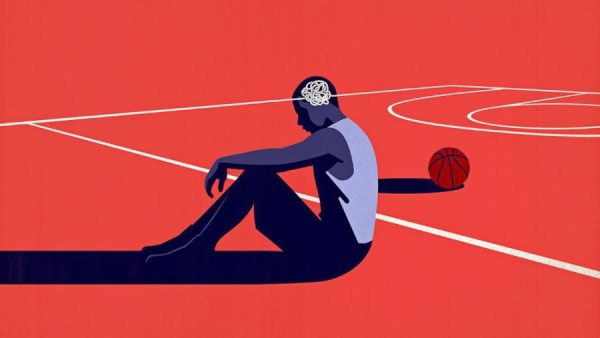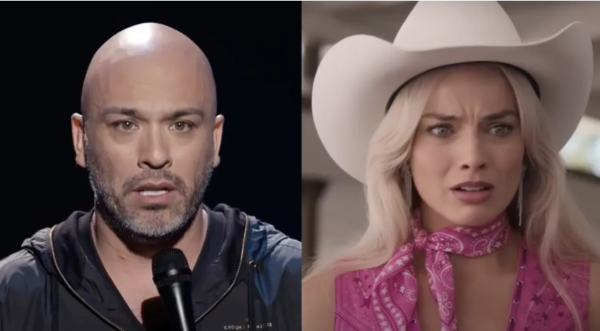How to Mine Diamonds: The Morbid Reality of Loneliness in Minecraft
Just as we start a new Minecraft world, we are born into a world of chaos. Just as we grow out of Minecraft and leave the file buried somewhere in our computers, we will die someday and as sad as that realization is, it doesn’t even matter. Everything in between is what made all the difference.
Throughout my teenage years, I have painfully embarked on the process of growing up. As my childhood dwindles to a close and I feel myself approaching the isolation of the real world, I draw parallels to components of my childhood in which I was given a glimpse of what I am now facing: real life.
There are many instances where during the encompassment of childhood, life foreshadows itself in ways that children remember forever. Typically, these events are traumatic in nature and reveal only the darkest aspects of reality (divorce, death, drugs. etc.). Contrary to this notion, there are other components (like video games) that help teach children the ways of adulthood far before their childhood ends.
I have always believed firmly in the limitless power of my mind but I realized that much of it has to do with the way I raised myself. Much of it had to do with Minecraft.
Minecraft is a sandbox game created in 2011, when I was 7 years old, and became a staple in my childhood from that year on. I would play it everyday and so did millions of other kids across the world. Minecraft, unlike other games, has no objective; there is no goal. Your character spawns in an endless virtual world with nothing. From there, you will need supplies to sustain life. You are able to die in Minecraft if killed by a mob, which are computer generated characters that spawn at night and try to kill you using their various physical abilities. You can also die from the impact of a fall, from hunger and also from lava.
For a game that was named the best-selling video game of all time, there isn’t much to it. However, the lack of complexity relates to life in regards to the absurdity and meaningless displayed in both Minecraft and reality. Being that a Minecraft world is entirely limitless, it transcends the idea that the only limitation that exists is in the mind of the individual.
Minecraft gives you the freedom to kill the innocent with no consequences. If you want to kill an adorable baby bunny, you can! Nothing will happen to you except the sudden throb of a guilty conscious. You’ll try to laugh it off. “Why do I feel guilty over a video game?” you might ask. The answer is that when you kill a baby bunny in Minecraft, there is absolutely no change to the world you are living in. Nothing pops up on the screen to congratulate you and nothing condemns you either. The nonchalant lack of any moral correction leaves you in a strange sentience and you will begin to subsciously construct moral boundaries for yourself.
After conducting a brief survey on Minecraft players (ages 10-15), an asthonishing 90% of kids have confirmed that they do not kill the animals in Minecraft unless they do so for their meat. One might doubt the significance of this but the behavior analyzed through this survey displays somewhat of a moral code directly influenced from a child’s game.
Minecraft is a game of solidarity and the isolation experienced through playing single-player survival demonstrates the unavoidable loneliness of the real world. The concepts of space and time are strong influencers in the Minecraft world. In regards to the aspect of space, the Minecraft world is completely never-ending and it goes on forever. This rationalizes the idea that the player is truly alone in the world and irregardless of how far one can search for companionship, you will still be completely alone. Even in a world that never ends, you are still alone. This melancholy realization is a testament to the darker perception of the game however the enjoyment in playing Minecraft embellishes the loneliness of it.
Considerably, Minecraft has been a pivotal aspect of my childhood and has taught me significantly more than public education has. Thankfully, I’m not the only one who can attest to this information. In another survey I conducted, I interviewed two groups of teens who played video games as kids. One group claimed that Minecraft was their most-played game while the other group were a variety of other gamers. I asked everyone in the survey two questions.
-
If I told you that this life is pointless, how would you respond?
-
Do you fear being alone?
Six out of the ten Minecraft players I interviewed responded, suggesting that they enjoy the game and still have a good time. Only four out of the other group had similar responses.
The next question offered significant evidence when eight out of the ten Minecraft players answered ‘no’, compared to three from the other group who did as well.
The success of this survey concludes that Minecraft has had a resounding yet subtle impact on kids because of the lessons embedded in the nature of the game.
If mental health analytics dove deeper into the ingredients of a childhood which construct their patterns of thought and behavior, perhaps there would be a better understanding of how and when mental health issues arise. On the same token, this knowledge could be utilized to create media for children with the capability to inspire as much as Minecraft did. Either way, Minecraft has more of an effect on the brain than anyone cares to realize.
